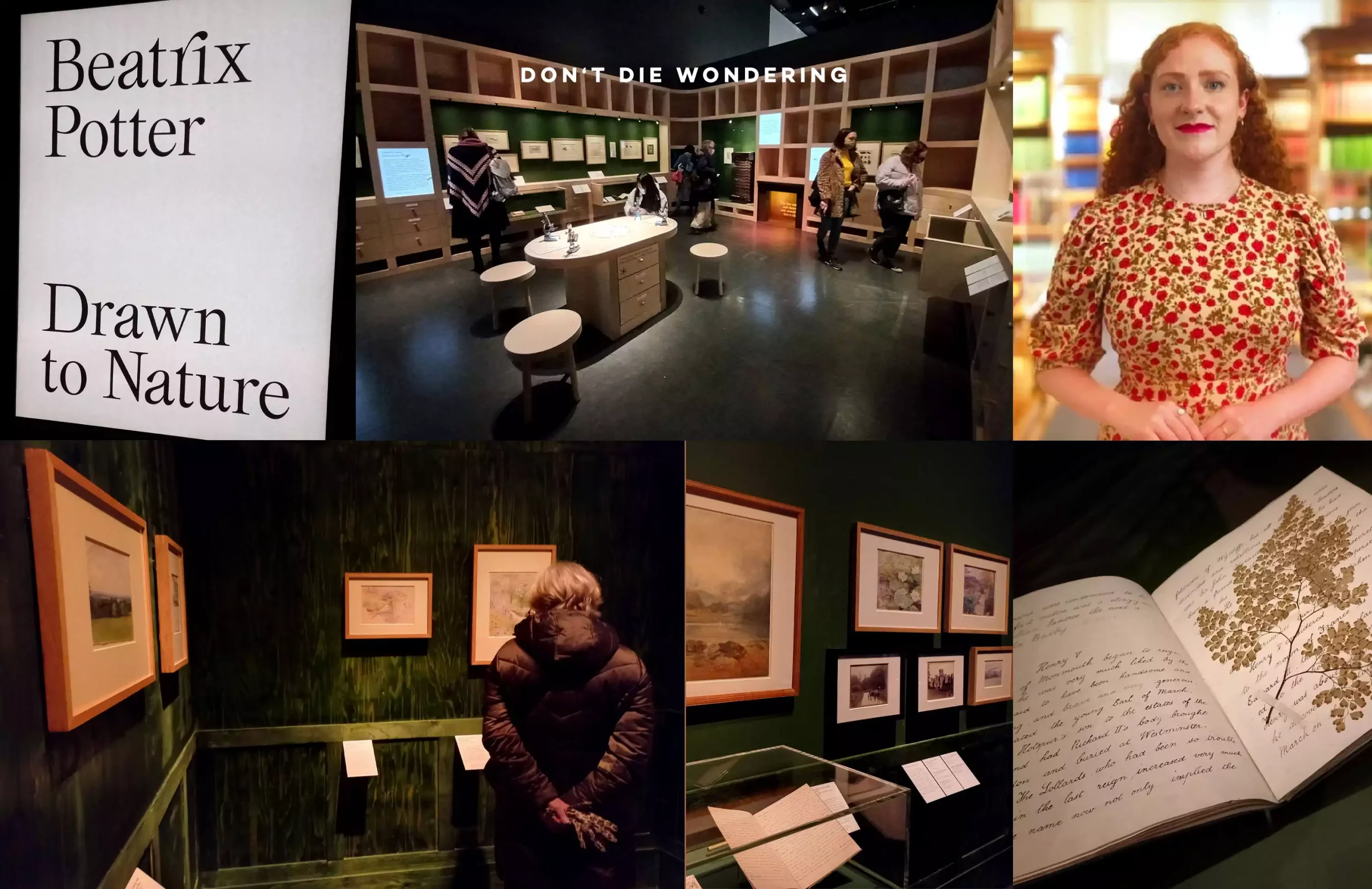The exhibition will run from 12 February 2022 – 8 January 2023 at the V&A Museum in London.
Who remembers Flopsy, Mopsy, Cotton-tail or Jemima Puddle-Duck growing up? Well, I stepped into the hugely famous English writer, illustrator and conservationist; Beatrix Potter and the nostalgia that followed was undeniably true.
The adventures of Peter Rabbit and his friends, inspired by Beatrix Potters love of nature, still motivate generations worldwide. The tale of Peter Rabbit is one of the best-selling children’s books of all time.
Celebrating 120 years since her first published book in 1902, the Victoria and Albert Museum (V&A) in South Kensington is about to open its doors to the world’s most extensive collection of Beatrix Potter objects.
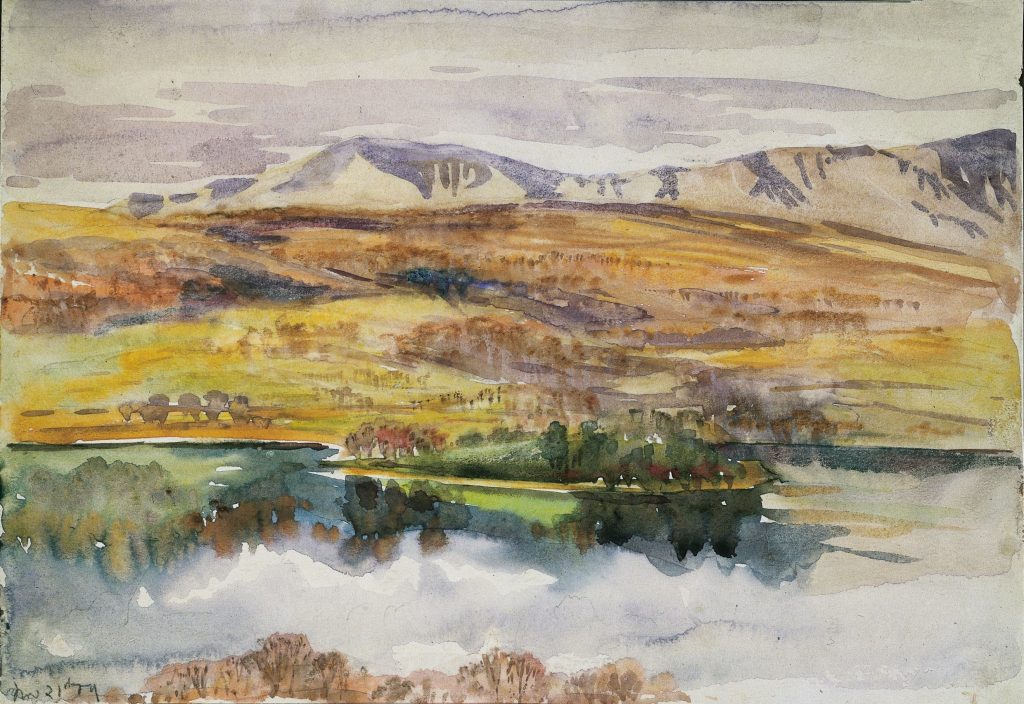
Opening this Saturday, 12 February, Beatrix Potter: Drawn to Nature is the first exhibition to tell the complete life story of Beatrix Potter.
In collaboration with the V&A and The National Trust, the exhibition showcases over 200 personal objects, including artworks, rarely seen letters, manuscripts, sketches, coded diaries, family photographs, commercial merchandise and unique artefacts.
It celebrates her early talent for storytelling, her savvy business mind and her fascination with the scientific study of the natural world, as well as her passion for sheep farming and conservation – a legacy still felt today.
The exhibit follows her childhood from Victorian London to the end of her days, helping save over 4000 farms and land for the National Trust.
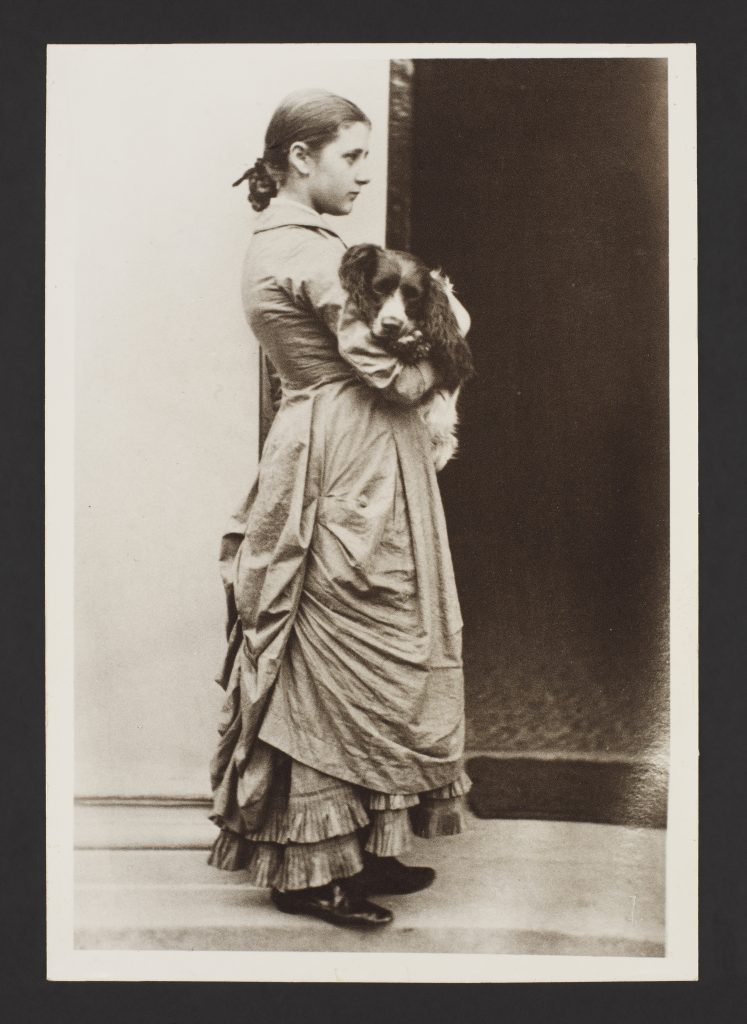
This idea of exploration was an opportunity to celebrate a 20th century JK Rowling and highlight to visitors the importance of land conservation and protecting mother nature.
The Director of V&A, Dr Tristram Hunt, who attended the event, stated that “as the environment transforms so rapidly around us, the V&A’s purpose is to provide historical context and future inspiration from the fruits of both city and country, through some of the happiest and delightful drawn characters in English literature”.
Though Potter’s characters, we are reminded that we do not have to go far to explore the world around us.
Unfortunately, the exhibition’s curator, Annemarie Bilclough, was unable to attend the event due to having contracted Covid-19 just two days prior.
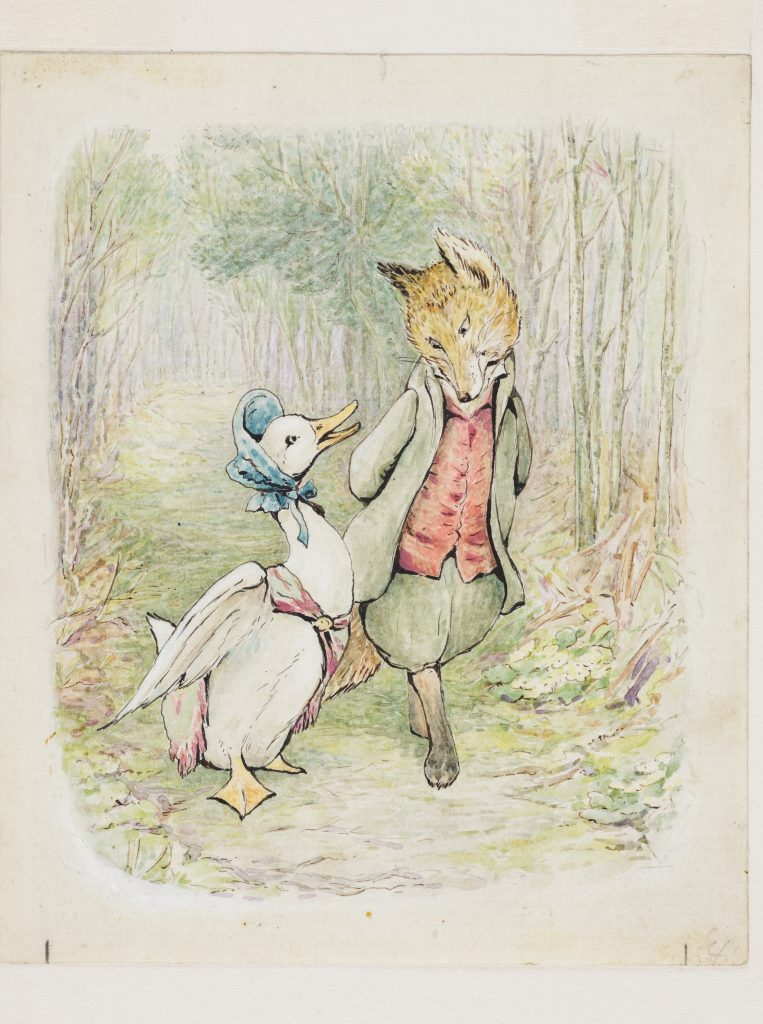
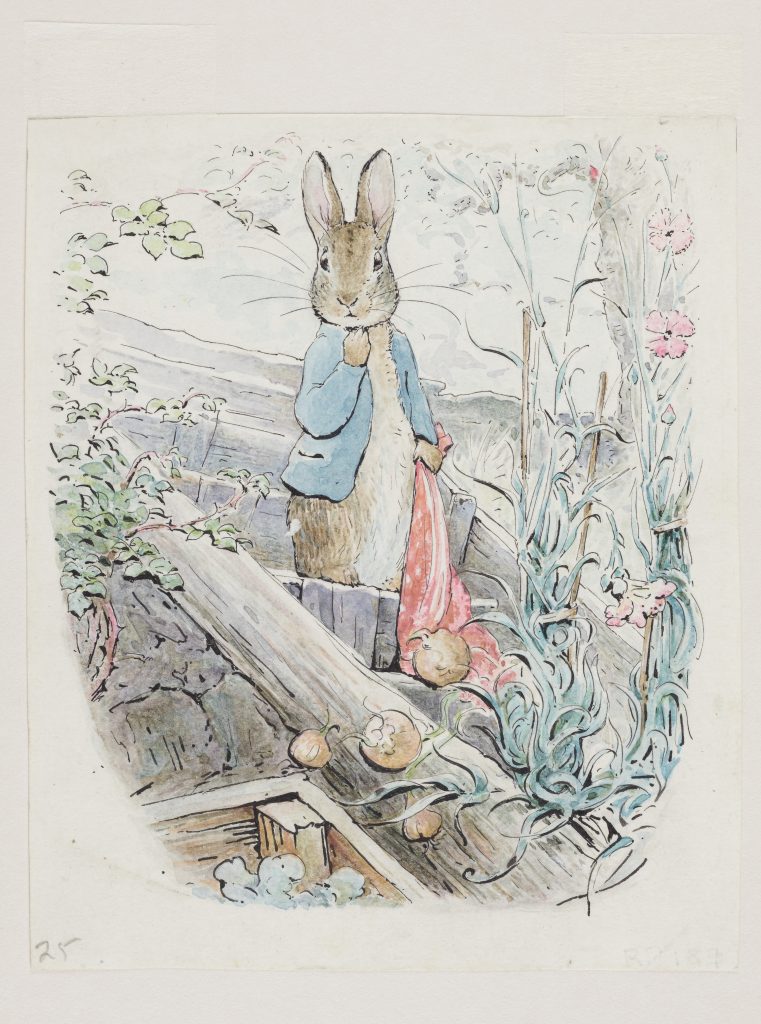
However, as I sat down with the co-curator of the Beatrix Potter: Drawn to Nature exhibition, Helen Antrobus, the National Trust’s Assistant Curator for Cultural Landscapes, I soon learnt a whole lot more about what lay beneath the caves.
Helen describes Beatrix as “one of the greatest supporters the Trust has ever had, fervently believing that the landscapes from which she had drawn so much joy should be protected so that others could experience them.”
Born in 1866 in Kensington, London, the only daughter to the heirs of a cotton fortune, Potter’s holidays around Scotland and the English lake district inspired her love of nature. In these magical forests that engulfed her imagination, she released her creativity.
Picture rolling hills and lavish green fields. It was clear that the young Potter thrived in nature, relished in the fresh air and was a free spirit.

Potter has always been a story. Even though she lived through dated values where women’s only purpose was to marry a suitable count, her utterly unique drawing skills stood out.
Her ambitions were limited by the social expectations of the time. Yet, the Potters encouraged Beatrix’s precocious talents as a naturalist illustrator with books that would inspire and guide her.
At 27-years-old she illustrated her first story, which included Flopsy, Mopsy, Cotton-tail and Peter. And by 1902, they were being published by Frederick Warne & Company, who bought out 22 additional books over 20 years.
According to Antrobus, the entire project took three years to complete.
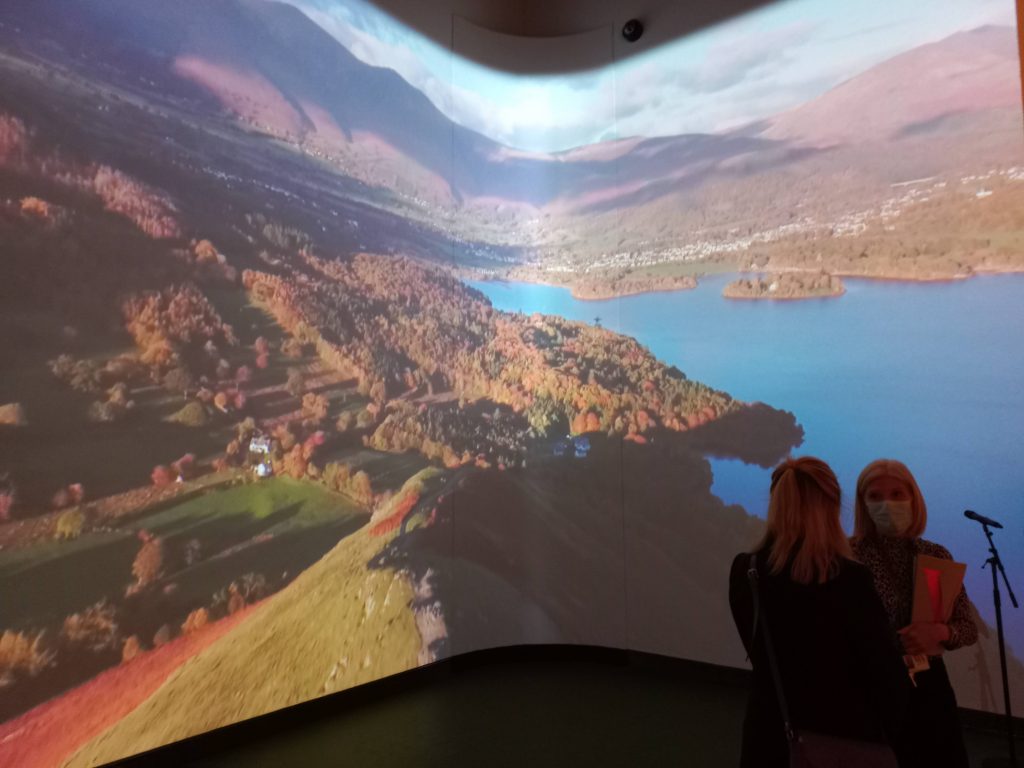
It involved a few interactive hideouts for quotes and information panels that had scuttering mice and creepy crawlies.
Large green doors welcome you into a maze of memories on display. There were diaries written in code at the age of 15 to photographs of Potter’s beloved grandmother, who she took inspiration from.
I felt like I was walking inside a dollhouse made of brown shelved units, which you pull and push out draws, turn pages and are even asked to try on some of her traditional clothing.
There are interactive microscopes as she developed a heavy passion for scientific interests in the Under The Microscope room and an enlarged flower pot that demonstrates Peter Rabbit’s great escape.


At the end of the temporary exhibit, an immersive film, made by Terry Abraham, reveals a giant projection of Beatrix Potter’s farms with rolling landscapes and close-ups of wild animals – things that would have been a favourite thing to see for Potter.
The team wanted to bring the space of the countryside into London by creating an enlarged multimedia piece where the sounds of running water and baaing sheep excellently place us there.
This experience mirrors the format of her work and how she could give her 2-dimensional creations a chance to come alive.
“It is a wonderful opportunity for people to come and see for the first time two magnificent collections together but also to understand and learn about a woman whose stories are so relevant to us today – the need for green space and access to it has never been so important.” – Helen Antrobus


